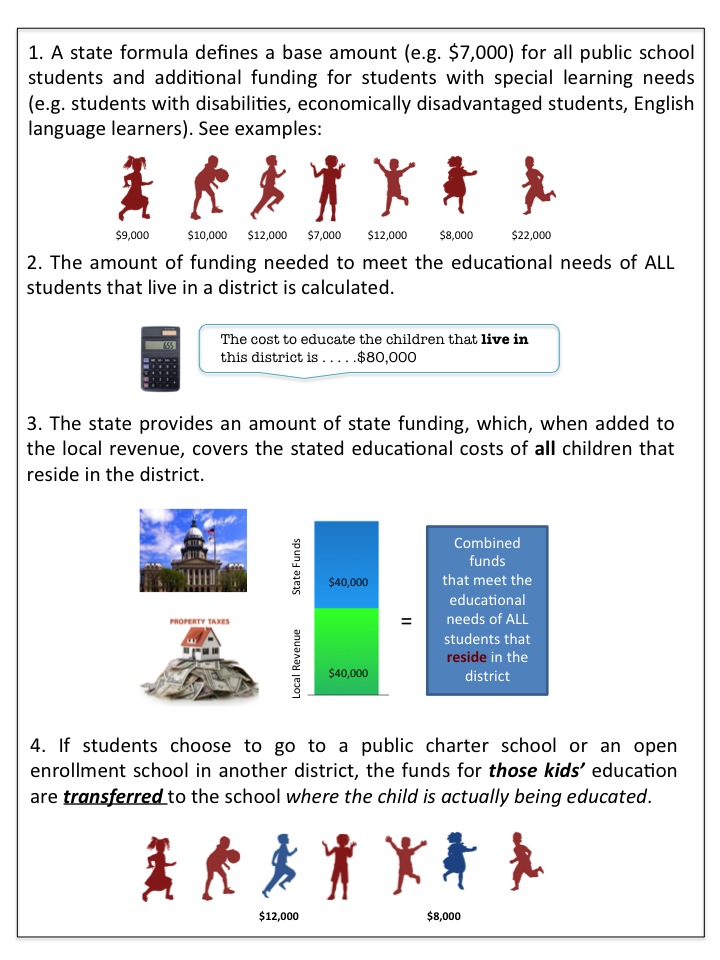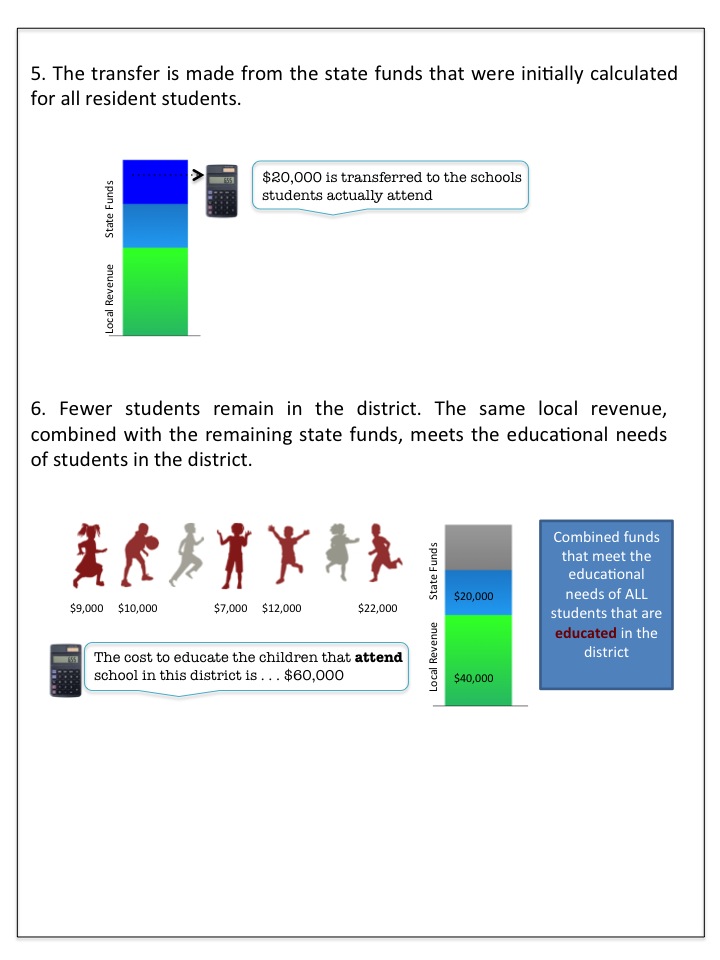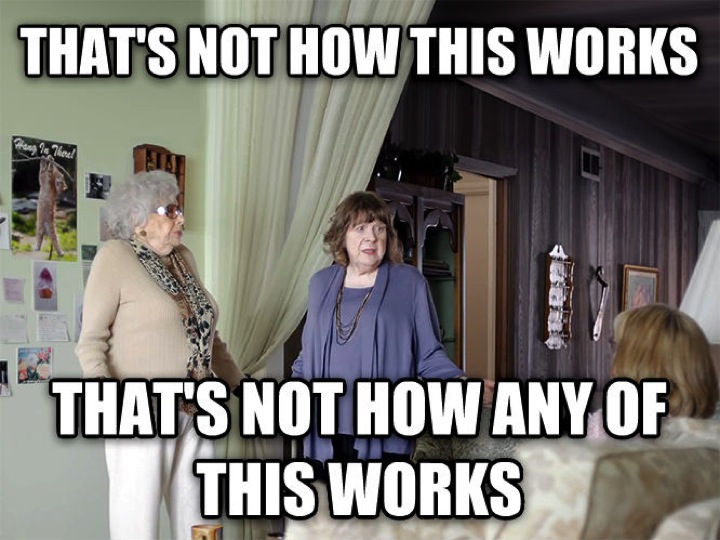EDITOR’S NOTE: The original version of this commentary was published on EdReform Now’s blog on April 8. The post contrasted innocent misunderstandings (using Allstate’s elderly-woman-misunderstands-social-media esurance ad) to the more serious act of purposely leading people to misunderstandings. The post simply and succinctly clears the air about how school funding – especially for charter schools – actually works in Ohio.
When “policy experts” purposely mislead the public into misunderstandings about education and school funding, it isn’t a humorous misunderstanding. It’s appalling.
For example, charter school detractors promote the idea that charter schools exist to privatize education and make profits for greedy investors:
“[Mayor Emanuel] took money from these schools . . . and gave it to elite private schools founded by his big campaign contributors. I would stop privatizing our public schools.“
- Jesus “Chuy” Garcia, Chicago Mayor election video
Actually, public charter schools are part of the public education system. They are approved and monitored by public entities. Nationally, nearly 90 percent are run by a non-profit organization (23% in Ohio). These non-profits are very much like other publicly-funded programs that serve children, such as Head Start centers.
Most egregious, however, is when detractors pit families against families with claims about unfair funding:
- “The way [Ohio’s political leaders have chosen] to fund charters has had a profoundly negative impact on the resources that remain for the 1.6 million kids [who remain] in Ohio’s traditional public schools” – Innovation Ohio report
- “Ohio Cheats 92% of Kids to Offer Choice” – Diane Ravitch blog
- “Ohio’s funding model has put our traditional public school students and teachers at a major disadvantage…and when charter schools siphon funds from public schools, our students have even fewer resources”- Ohio State Rep. Teresa Fedor (D-Toledo) press release
But these arguments don’t hold water because the funding associated with a particular student will follow him or her if he or she chooses to transfer from a traditional public school to a public charter school. In Ohio, this “pass-through” or transfer happens at the district level. That means that state funds provided to a district to educate a child will transfer to the school the child actually attends.
Here’s how it works:


Conclusion: There is no loss in funding for district students. District students have the same amount of per-pupil funding before and after the transfer.
If anything, district students actually get $3,500 more in per-pupil funding than charter students because:
1) Public charter school students don’t get the full amount of categorical costs defined by the state’s funding formula (charter school students get only 25% of the targeted assistance funds they would get if they were a district student, and e-school students are excluded from most types of categorical aid), and
2) Districts get state funds beyond the per-pupil formula. These include property tax rollbacks, homestead exemptions, and transitional aid or “guarantee funds” – which provide districts with funding for students they no longer serve. For example, Grandview Heights, a wealthy suburb of Columbus, gets $8,000 in extra state funds through transitional aid (Ohio District Funding reports).
How funds are transferred for charter school students is no different from how funds are transferred to the 80% of Ohio districts that allow students to transfer into their district through open enrollment or when parents decide to move to another district because they want better schools for their children.
But the difference – and benefit – with charters and open enrollment is that:
- Parents who can’t afford to move get to have choices as do parents who can afford to move, and
- Instead of moving and taking the local taxes they pay with them, some parents who can afford to move may choose to stay because they now have additional public school choices. This means they continue to contribute to local revenues in a way that supports public schools and other community services.
People who hold public positions of professional trust – such as school treasurers and superintendents, school board members, elected officials – have an ethical responsibility not to mislead the public. Yet, too often, the media – perhaps because conflict sells or perhaps because they don’t understand the school funding process – provides a platform that perpetuates misinformation.
So the next time you hear the rhetoric about how charter schools “take district funds,” please remember – That’s Not How This Works! That’s Not How ANY of this Works!

Marianne Lombardo is a Policy Analyst with Democrats for Education Reform, see bio here.